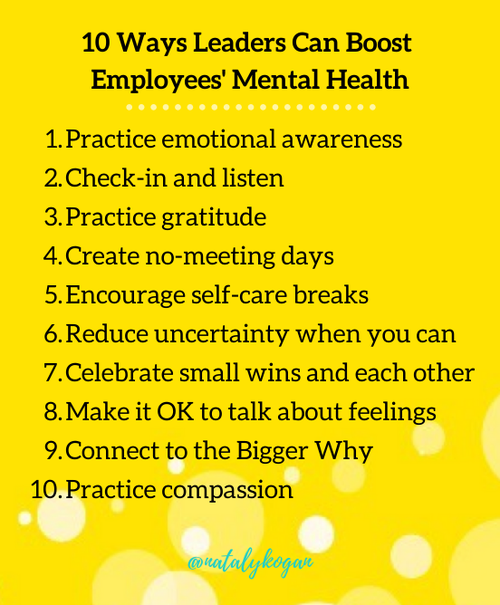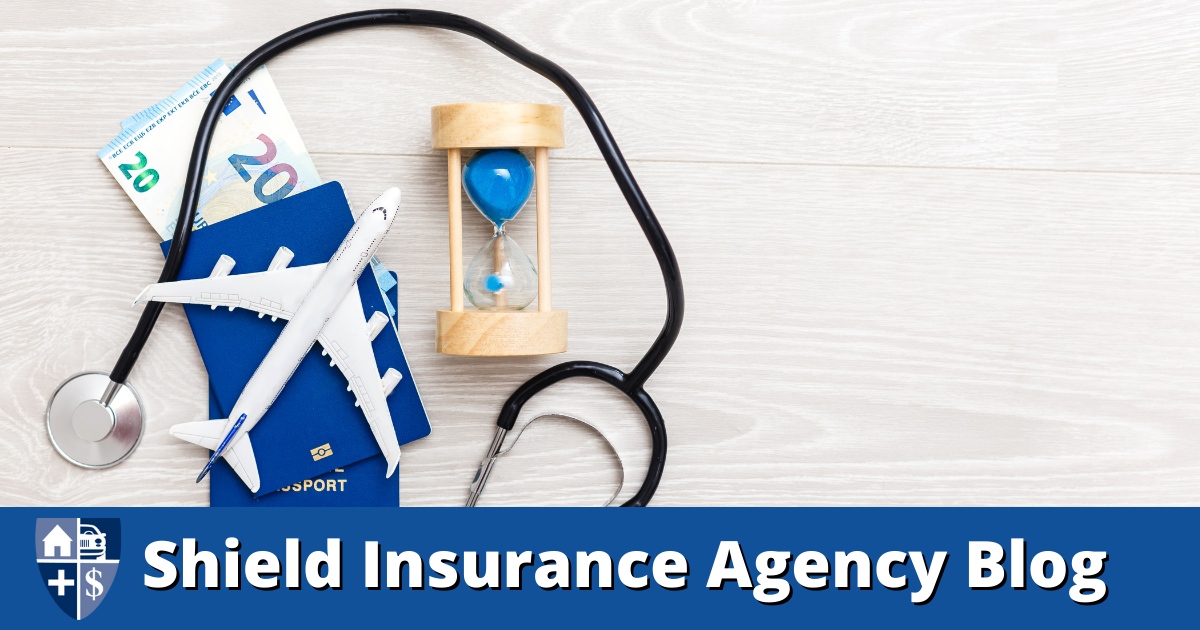
Jet setting over Pet sitting
AmericanSeniors.org | Pet sitting | Special Event Insurance | Pet Insurance
Say goodbye to pet sitting and hello to jet-setting with your furry bestie! Options abound for your pet to join your vacation, whether you are flying, cruising, or driving to your destination. Here’s what to keep in mind for traveling safely with your best friend – and how to find the best pet-friendly destinations.
Flying with Fido and Fluffy
Some airlines still have restrictions on pets traveling in their cabin, while others have returned to pre-COVID allowances. Currently, Alaska Air, American Airlines, Delta, JetBlue, Southwest, and United Airlines allow pets in-cabin, as well as some overseas airlines like Air France. For all airlines, pets need to fit comfortably inside a carrier that can tuck completely under the seat in front of you. Your pet needs to be able to stand up and turn around in the carrier. Make sure you double-check with your airline what their specific requirements are since they all vary.
Allow your pet plenty of time to acclimate to the carrier long before your flight. Set the carrier out in the house, with treats placed inside. This positive association will encourage your pet to spend a longer time inside the carrier. You can also take your pet for a drive inside the carrier to help acclimate to movement as well.
Label the carrier with your name and phone number, and inside, you can place a potty pad to soak up any accidents. Your pet’s favorite toy would be a comforting addition too.
Five hours before the flight, stop feeding your pet, though water should still be made available. Allow your furry best friend as much exercise as possible until boarding. It is generally not advised to give your pet a sedative unless it’s specifically recommended by your vet.
Cruising: Only with Cunard
If you dream of sailing the seas with your furry best friend, there is one cruiser that will welcome humans and pets alike. Cunard’s Queen Mary 2 is actually the only cruiser that allows a limited number of dogs and cats to set sail. However, they aren’t allowed to stay with you in your cabin. Cats and dogs must stay in The Kennels for the entire duration of the cruise. You are allowed to visit during specific hours, but they won’t be able to join you for walks around the deck. There is a very long waiting list, as there are only 24 kennels aboard the ship. Costs range from $800-$2000, depending on the size of your pet.
It is a beautiful trip, which perhaps is another reason why the waiting list for The Kennels is quite long. Queen Mary 2 sails transatlantically from NY to Hamburg, Germany. En route, it comes into port in charming Southampton, the British waterfront city that’s home to history abounding, including the Titanic Trail and 950-year-old St Michael the Archangel Church. Stonehenge is just a stone’s throw away.
Road Tripping Together
Of course, the most flexible way to travel with your pet is to enjoy a road trip together. The most important consideration here is keeping Fido or Fluffy safe. A strappable crate or appropriately fitted seat belt attachment will make sure your beloved pet stays safe in an accident (and prevents them from distracting you while driving). The safest place is the back seat for pets, far away from the front airbags that can be fatal for their small stature. Practice driving shorter distances to help your pets acclimate to the restraint. Remember the treats!
Currently, in beta, Go Pet Friendly has a road trip planner that is helpful for planning the best drive for both species. You can ask for recommendations for pit stops for all of your legs to stretch and play.
Friendly Tails Pet Sitting
Bring Fido is an excellent resource for trip planning with your furry best friend. Browse pet-friendly hotels, restaurants, activities, and even events.
Pet-friendly accommodations are on the rise, with many chains welcoming your pet to stay for free. Red Roof Inn allows for one free pet per room, as do many Four Seasons properties. Other chains like the Ritz Carlton and Westin welcome dogs, but have varying fees and restrictions. The AKC has a full listing of dog-friendly hotel chains and specifics.
The Pet Sitting Checklist
Click here for the full checklist…































































